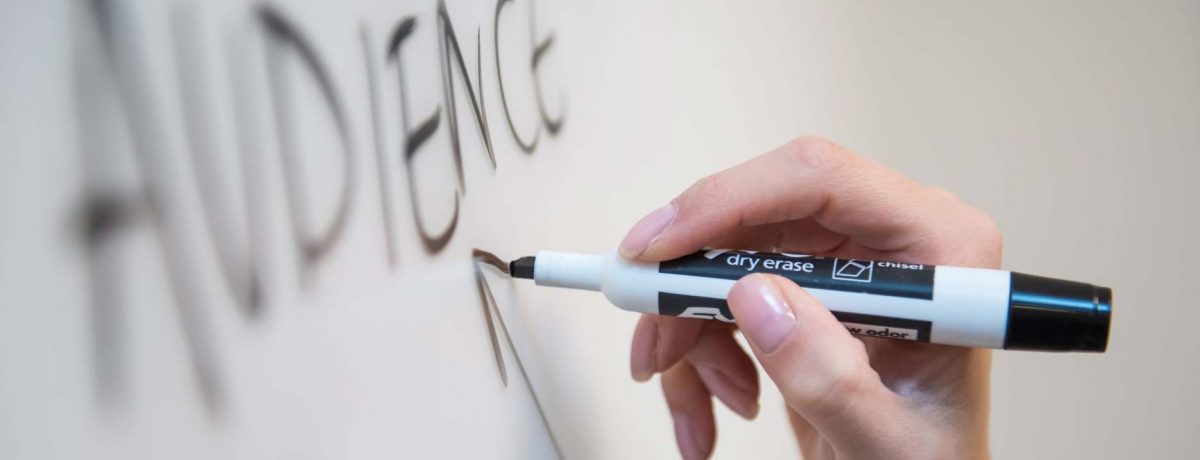Introduction
In the rapidly evolving digital landscape, businesses have numerous social media platforms at their disposal for effective marketing. While LinkedIn may not be the first platform that comes to mind for consumer brands, its unique features and professional networking opportunities can still make it a valuable marketing tool. In this blog post, we will delve into the question of whether LinkedIn marketing is worth it in 2023 for consumer brands. Additionally, we will explore the best practices that can help consumer brands leverage LinkedIn effectively to engage with their target audience and boost brand awareness.
Is LinkedIn Marketing Worth It for Consumer Brands in 2023?
- Targeted Audience Segmentation LinkedIn’s user base comprises professionals from diverse industries, making it an excellent platform to identify and connect with potential consumers. Consumer brands can utilise LinkedIn’s advanced targeting options to tailor their marketing campaigns to reach specific segments of professionals who align with their target audience. This targeted approach can result in higher conversion rates and improved return on investment (ROI) for consumer brands.
- Building Brand Authority and Thought Leadership LinkedIn offers consumer brands a unique opportunity to establish themselves as industry experts and build brand authority. By sharing valuable and engaging content related to their niche, consumer brands can position themselves as thought leaders and experts in their respective fields. This can foster trust among consumers and increase brand loyalty. Participating in relevant industry groups, contributing to discussions, and providing insights can further enhance brand visibility and recognition.
- Content Marketing and Native Posts LinkedIn’s content-sharing capabilities have expanded over the years, making it an ideal platform for consumer brands to showcase their content marketing strategies. By creating compelling native posts, such as articles, videos, and infographics, consumer brands can capture the attention of their target audience and drive organic reach. LinkedIn’s algorithm prioritizes native content, ensuring that posts are more likely to be seen by connections compared to external links. This can help consumer brands effectively deliver their brand messages and engage with their customers.
- Influencer Partnerships and Collaborations Influencer marketing has become a popular strategy for many consumer brands, and LinkedIn provides a unique space for forging valuable partnerships with industry influencers. Collaborating with influencers who align with the brand’s values and have a significant following on LinkedIn can help consumer brands expand their reach, increase brand awareness, and tap into new consumer segments. Influencers can endorse products or services, share content, and engage with their followers, thereby boosting the credibility and visibility of the consumer brand.
Best Practices for LinkedIn Marketing in 2023
- Optimize Your Business Profile: Create a compelling LinkedIn company page that reflects your consumer brand’s identity and resonates with your target audience. Ensure that your profile is complete, including relevant keywords and visually appealing imagery. Utilize multimedia elements, such as product images and videos, to capture the attention of potential consumers.
- Develop Engaging Content: Create and share valuable, consumer-centric content that addresses the needs, pain points, and aspirations of your target audience. Experiment with different formats, such as videos, infographics, and polls, to drive engagement and interaction. Encourage your customers to provide testimonials and share their experiences, as this can further enhance brand credibility.
- Engage with Your Audience: Actively participate in relevant LinkedIn groups and communities, interacting with potential consumers and industry peers. Respond promptly to comments, messages, and inquiries, as this demonstrates your commitment to customer satisfaction. Engage in meaningful conversations, share insights, and address consumer concerns to establish a strong brand presence.
- Leverage LinkedIn Advertising: Utilize LinkedIn’s advertising options, such as Sponsored Content and Display Ads, to amplify your consumer brand’s reach and visibility. Develop targeted ad campaigns based on consumer demographics, interests, and behavior to ensure your ads are shown to the right audience. Monitor the performance of your ads and optimize them based on the insights provided by LinkedIn’s analytics tools.
- Collaborate with Influencers: Identify and partner with influential LinkedIn users who align with your consumer brand’s values and have a significant following. Collaborate with them to create sponsored content, product endorsements, or joint initiatives that can help increase brand awareness and reach a wider audience.
- Measure and Analyze Results: Regularly monitor the performance of your LinkedIn marketing efforts using LinkedIn Analytics or third-party tools. Measure key metrics such as engagement, reach, click-through rates, and conversions. Analyze the data to identify trends, understand consumer preferences, and refine your marketing strategies accordingly.
Conclusion
While LinkedIn is often associated with professional networking, it offers unique opportunities for consumer brands to connect with consumers, build brand authority, and drive engagement. By implementing the best practices outlined in this blog post, consumer brands can harness the potential of LinkedIn marketing in 2023 to reach their target audience, enhance brand visibility, and cultivate lasting customer relationships. Embracing LinkedIn as part of your marketing strategy can prove to be a worthwhile investment in the evolving digital landscape.



